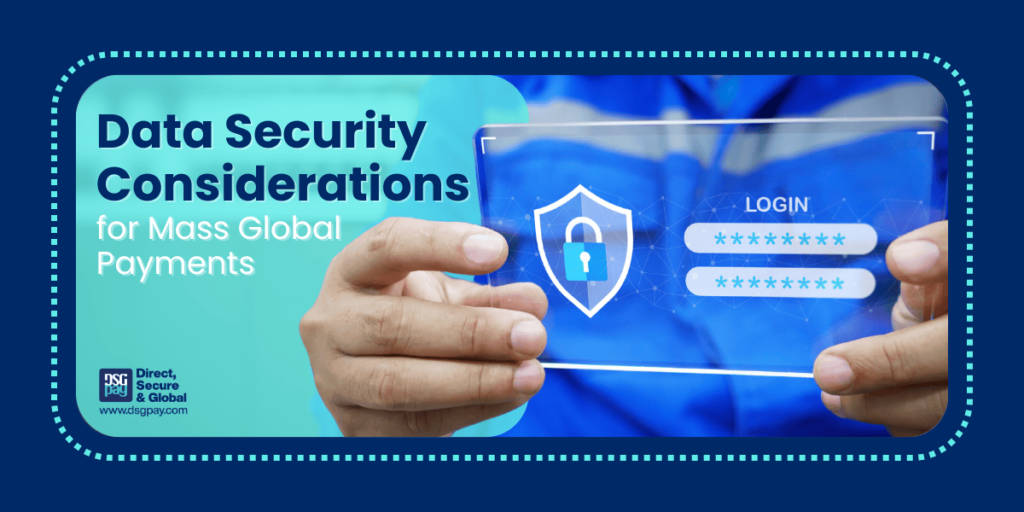What You Should Know
About Large Transfers
Large transfers, whether for personal or business purposes, involve moving significant amounts of money across borders or between financial institutions.
These transactions are common for individuals purchasing property, paying off loans, or making substantial investments. They provide a secure and efficient way to manage significant financial activities.
For companies and organizations, these transactions facilitate payments to employees across various countries, settle invoices with global suppliers, and distribute funds to a wide network of partners. This process saves time and money while reducing the risk of errors and fraud, thanks to a secure and efficient payment infrastructure.
Key Considerations and Best Practices for a Seamless Payment Management Experience
Managing large transfers can be a complex and challenging task, as it involves navigating a variety of legal, regulatory, and technical issues.
Here are five key considerations and best practices to help ensure smooth and efficient large transfers:
1. Understand the Legal and Regulatory Environment
The first step in making large transfers work for you is to understand the legal and regulatory environment in which you will be operating. This includes familiarizing yourself with the laws and regulations that govern cross-border payments, such as the Foreign Account Tax Compliance Act (FATCA), the Common Reporting Standard (CRS), and the Global Foreign Account Tax Compliance Act (GFATCA).
Additionally, you should also be aware of any currency controls, taxes, or other restrictions that may apply to your transactions, and take steps to ensure that you comply with all relevant laws and regulations.
2. Choose the Right Payment Method
Another important consideration when making large transfers is choosing the right payment method. Each payment method has its own set of advantages and disadvantages, and the one that is right for you will depend on factors such as the associated fees, the size and frequency of your transfers, the currencies involved, customer support and the speed and security of the service.

There are several options available, including wire transfers, foreign currency checks, and digital payment platforms such as PayPal, Google Pay, Venmo, and Bitcoin.
Some of the best providers for large transfers offer features like real-time tracking, rate alerts, and dedicated customer service to guide you through the process. Comparing providers based on these features will help ensure a smooth and successful transaction.
3. Use a Mass Payment Solution Service
Using a mass payment solution service can help you streamline the process of managing large transfers by automating many of the steps and reducing the risk of errors. This can include creating and sending payments, tracking transactions, reconciling accounts, and generating reports.
There are numerous mass payment solution services available, so conducting research to find the one that best fits your requirements is essential.
4. Monitor Your Payments
Once you have set up your international large transfers, it is important to monitor your large transfers to ensure that they are being processed correctly and to identify and resolve any issues as they arise.

This may include setting up automated alerts or notifications, reviewing transaction reports, and regularly reconciling accounts.
5. Consider Using a Virtual Account
A virtual account is a type of account that allows businesses to receive payments from multiple sources and then consolidate them into a single account. This can be a great way to streamline your large transfers and reduce the administrative burden of managing multiple accounts.
In conclusion
Successfully managing large transfers for you requires careful planning, research, and execution. By understanding the legal and regulatory environment, choosing the right payment method, using a mass payment solution service, monitoring your payments, and considering a virtual account, you can ensure that your large tranfers are efficient, secure, and compliant.



